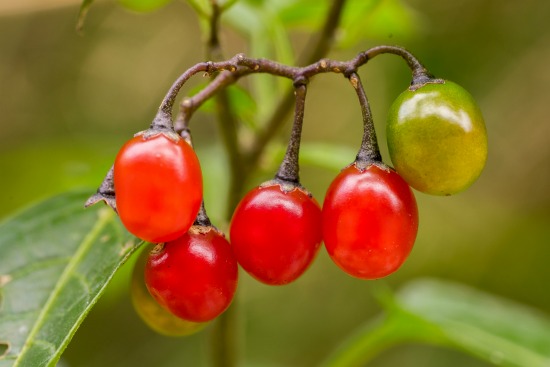Preface. Botanist David Fairchild is one of the reasons the average grocery store has 39,500 items. Before he came along, most people ate just a few kinds of food day in day out (though that was partly due to a lack of refrigeration).
I have longed to eat a mangosteen ever since I read this book, Fairchild’s favorite fruit, with mango a close second. But no luck so far.
What wonderful and often adventurous work Fairchild and other botanists had traveling all over the world in search of new crops American farmers could grow. Grains that could grow in colder climates were sought out.
Since 80 to 90% of future generations will be farmers after fossil fuels are gone, who will be growing food organically since fertilizer and pesticides are made from natural gas and oil, it would be wise for them to plant as many varieties of crops as possible not only for gourmet meals, but biodiversity, pest control, and a higher quality of life.
As usual, what follows are Kindle notes, this isn’t a proper book review.
***
Amanda Harris. 2015. Fruits of Eden: David Fairchild and Americas Plant Hunters. University Press of Florida.
At the end of the 19th century, most food in America was bland and brown. The typical family ate pretty much the same dishes every day. Their standard fare included beefsteaks smothered in onions, ham with rank-smelling cabbage, or maybe mushy macaroni coated in cheese. Since refrigeration didn’t exist, ingredients were limited to crops raised in the backyard or on a nearby farm. Corn and wheat, cows and pigs dominated American agriculture and American kitchens.
…click on the above link to read the rest of the article…








